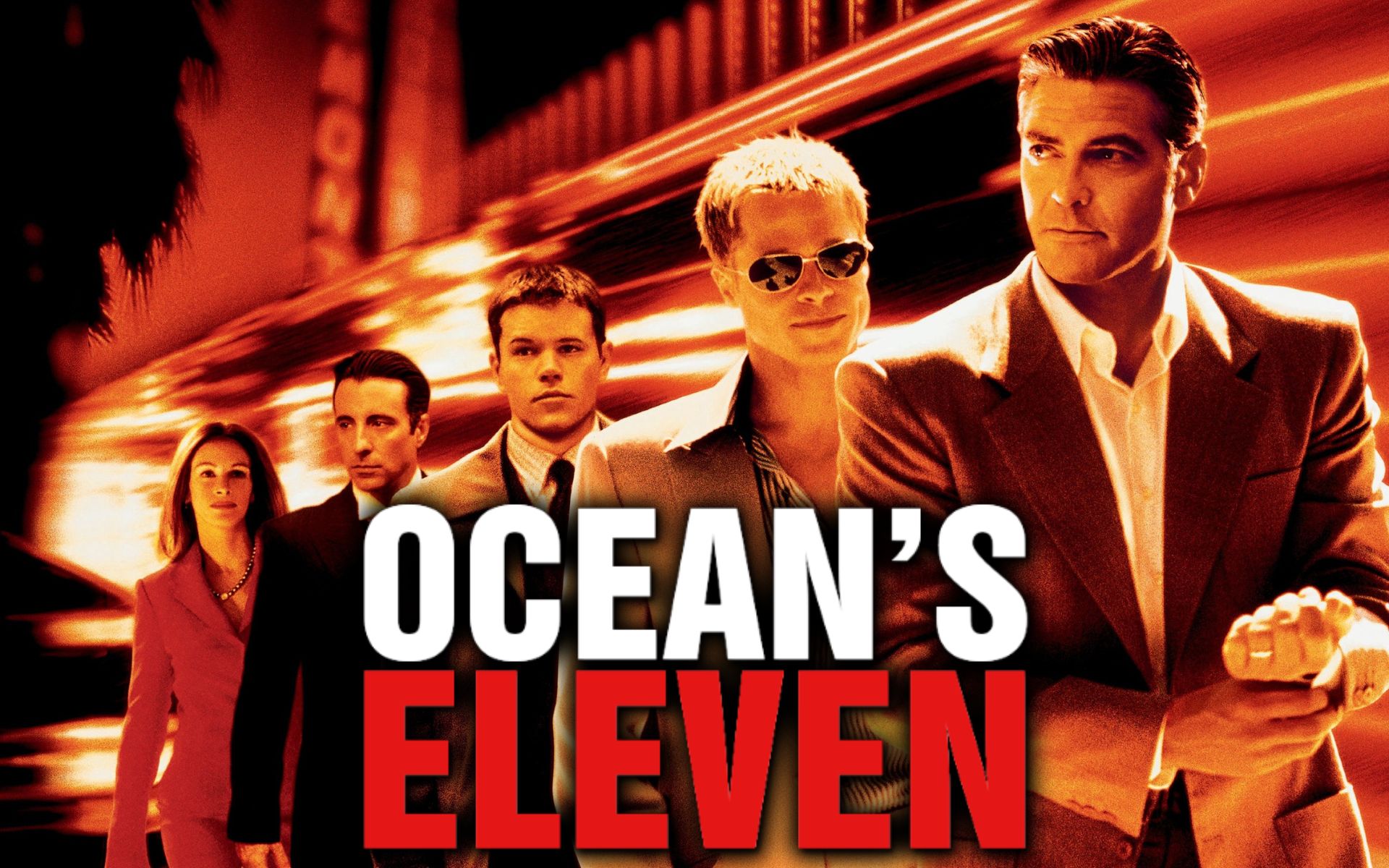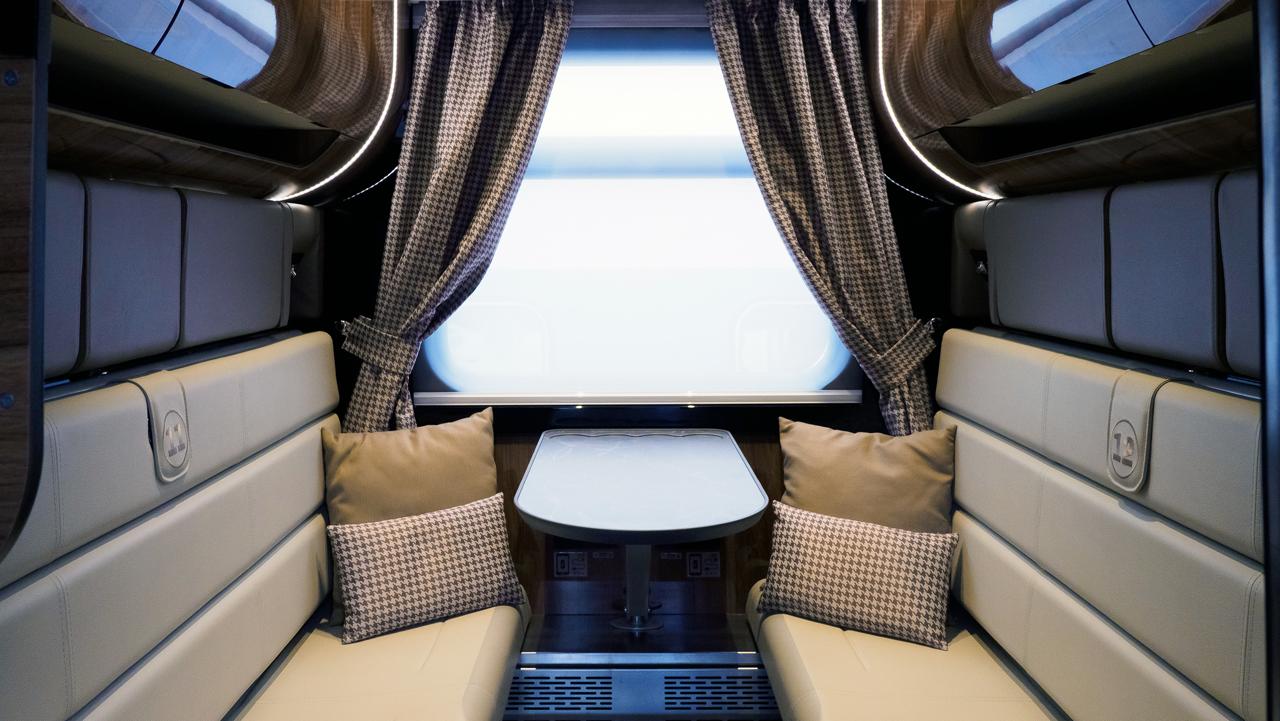The event took longer to start than expected. But once it all started, it only took Elon a few seconds to lift the curtain on his new star product: Tesla Cybertaxi. And, as rumored before the event, it is a fully autonomous car, without pedals or steering wheel, that will be able to take a person from one point to another without any human intervention.
Externally, the Cybercab combines the aesthetics of the Cybertruck, Tesla’s most radical vehicle to date, with the lines of the Model 3 Highland. In the videos shown by the company, you can also see some interesting details, such as having only two scissor-shaped doors (like in sports cars), completely enclosed wheels (to improve the aerodynamics of the car) or a rear window. . 100% opaque back.
As for the interior, Tesla showed various images in which only two seats and a dashboard with no controls can be seen. That is: no steering wheel or pedals. The only thing that breaks up this interior simplicity is the large central screen from which you can interact with the car or, if the passenger wishes, consume multimedia content during the trip.
The Tesla Cybercab has no pedals or steering wheel, will cost less than $30,000, and will be released before 2027.


For autonomous driving, Tesla has opted exclusively for cameras and artificial intelligence algorithms. The approach differs from rival companies such as Waymo, which also use advanced sensors such as LiDAR. However, this decision is not surprising. Several years ago, the company decided to abandon this type of element in the rest of its cars. And since then, the company has adapted and trained its autonomous driving algorithms to perform the task without them.
A very interesting new feature in the Tesla Cybercab is that it doesn’t have a charging port. Elon Musk has confirmed that this car will only have wireless charging, although he hasn’t specified anything about the technology that will make this possible.


Elon Musk assured that Tesla Cybercab will cost less than $30,000placed in the window even lower than the Tesla Model 3 Highland today. And when will it go on sale? According to the brand’s CEO, this will happen before 2027.
Yes, indeed: These forecasts should be treated with caution.. Elon Musk’s story in this sense clearly reflects a trend towards optimism. The most obvious example is autonomous driving, a capability that executives have been promising for years, but despite more than obvious advances, it has yet to reach the point expected. Likewise, vehicles like the Cybertruck or the Roadster 2 have been repeatedly delayed from what was originally announced.






Brief but promising announcement
Tesla’s Cybercab presentation contrasted with the brand’s other events, which featured an abundance of technical details about the product in question. In this case, the brand limited itself to demonstrating, without going into detail, its vision, showing off the car’s design for the first time and setting both an expected launch date and price range.
The concept, at least based on the data the brand has revealed, certainly has the potential to transform the transportation industry. – which is already undergoing a metamorphosis due to electrification – and puts Tesla far ahead of other car brands. Of course: there are two big questions surrounding this product.
- Given the history of missed dates, will Tesla be able to launch this Cybercab under the stated terms (below $30,000, before 2027 and with expected autonomous driving capabilities)?
- On the other hand, there is the issue of regulation. An autonomous car without a steering wheel or pedals is completely outside the current framework. And even if Tesla can have this product ready by 2027 as they have promised, will regulators have done their homework by then? In this sense, Tesla is independent of himself. Even less in regions that are more demanding at the regulatory level, such as Europe.

Conditioning factors aside, the plan is certainly ambitious. As Musk explained, cars, by definition, sit still most of the time. However, this service will increase the time they are active. For you or for others. At previous events, the executive has mentioned the idea that any Tesla could act as an autonomous taxi for other people when the owner doesn’t need it, receiving financial compensation in return. An idea that makes even more sense in the Cybercab concept.
Regarding the cost, Musk also assured during this presentation that the expected cost is $0.20 per mile, equivalent to €0.11 per kilometer. This figure is significantly lower than a regular taxi in cities such as Madrid.
Source: Hiper Textual
I’m Blaine Morgan, an experienced journalist and writer with over 8 years of experience in the tech industry. My expertise lies in writing about technology news and trends, covering everything from cutting-edge gadgets to emerging software developments. I’ve written for several leading publications including Gadget Onus where I am an author.













